
The use of military metaphors when discussing cancer and patients with the disease could be negatively affecting the patients, their outlook and their coping abilities.

The use of military metaphors when discussing cancer and patients with the disease could be negatively affecting the patients, their outlook and their coping abilities.

As presented at the 2017 ONS Annual Congress, nurses at Fox Chase Cancer Centers developed a process to improve their transition from inpatient to outpatient.

Post-operative ileus, or instinal blockages, in patients with cancer may be prevented by chewing gum, according to a study presented at the 2017 ONS Annual Congress.

Nurses at Smilow Cancer Hospital leveraged their electronic medical record system to improve care and management of patients receiving immunotherapies.

At the 2017 ONS Annual Congress, CURE held its Extraordinary Healer Award. This years winner is nurse Sara Sargente.

Nurses at the Sidney Kimmel Comprehensive Cancer Center at Johns Hopkins implemented an intervention to reduce the missed cases of sepsis in oncology patients, as presented at the 2017 Oncology Nursing Society's Annual Congress

As presented at the 2017 Oncology Nursing Society Annual Congress, nurses at Johns Hopkins Hospital developed a plan to reduce the patient's waiting time in the infusion chair.

A study recently found that patients treated for breast cancer may experience decisional regret about their fertility choices.

A recent study found that older patients with cancer had a greater risk of frailty, osteoporosis, and vitamin D insufficiency.
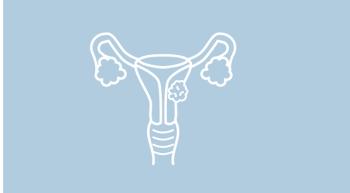
Survivors of endometrial cancer are at higher risk for long-term cardiovascular problems such as phlebitis, thrombophlebitis, pulmonary heart disease, hypotension and atrial fibrillation.

A recent study found that telenutrition services may be beneficial for patients with high-risk cancer.

Group exercise programs are beneficial to survivors of cancer, and can offer motivation from peers to continue living a healthy lifestyle.
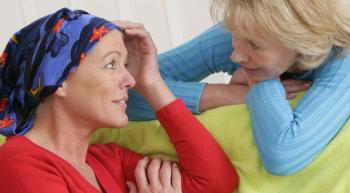
Caregivers of cancer survivors have unique and specific needs as their loved ones with cancer enter into survivorship care.

Deborah K. Mayer discusses the future of survivorship care for patients with cancer.

At the 2017 Cancer Survivorship Symposium, findings from a study were shared which suggested patients with lung cancer do not receive supportive and survivorship care.

Despite recommendations to do so, distribution of survivorship care plans still has not increased for survivors of cancer, according to a recent study.

Online, self-care, coping skills curriculum "Reimagine" helped relieve depression and fatigue in breast cancer survivors.
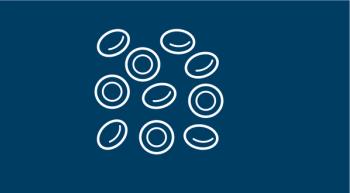
Despite peripheral neuropathy associated with brentuximab vedotin in patients with lymphoma, patients believe the better outcomes are worth the risk of neuropathy.

A recent study examined factors associated with decreased levels of physical activity following cancer diagnosis and aimed to identify barriers to staying physically active.

Results of a recent study show that patients diagnosed with thyroid cancer before the age of 40 or more likely to be at an increased risk of late effects such as hypertension, heart disease and osteoporosis.

For partners of younger patients with breast cancer, coping strategies can affect their anxiety even after treatment.
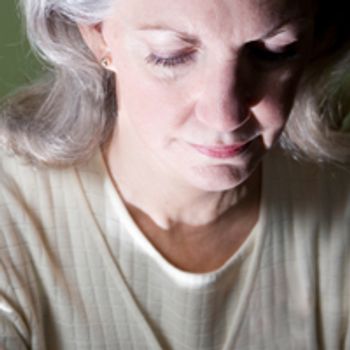
Caregivers of patients with GBM have an increased time burden and can affect the quality of life of the caregiver and, potentially, the patient with cancer.
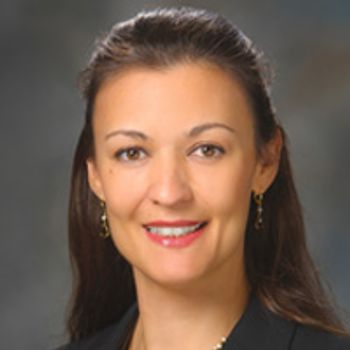
A recent study found that yoga could improve overall quality of life for patients with high grade glioma, as well as their caregivers.

As clinical providers, the ability to meet the science of medicine with its physical, emotional, spiritual, and financial impact it has on patients is often unintentionally overlooked or, at the very least, minimized during the active treatment phase of care; therefore, the purpose and potential benefits that result from integrating palliative care early on in the process is missed.

Massage therapy may offer relief to patients suffering from chemotherapy-induced peripheral neuropathy (CIPN).

Couple's communication skills training can help couples facilitate important conversations when one partner has advanced cancer,
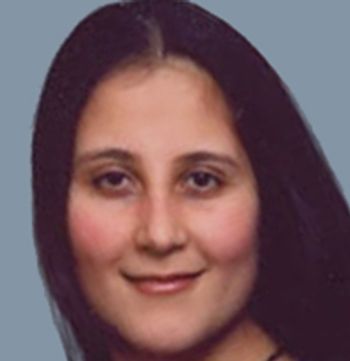
Palliative care can be beneficial to patients treated with hematopoietic stem cell transplantation.

The COMFORT curriculum is an evidence-based communication training course and train-the-trainer program for oncology nurses, who then pass their education on to other healthcare providers.

Palliative care access can be impeded by frontline cancer center office staff members if they do not understand the services.

Patients with newly diagnosed incurable lung and GI cancer saw benefits from early palliative care services.